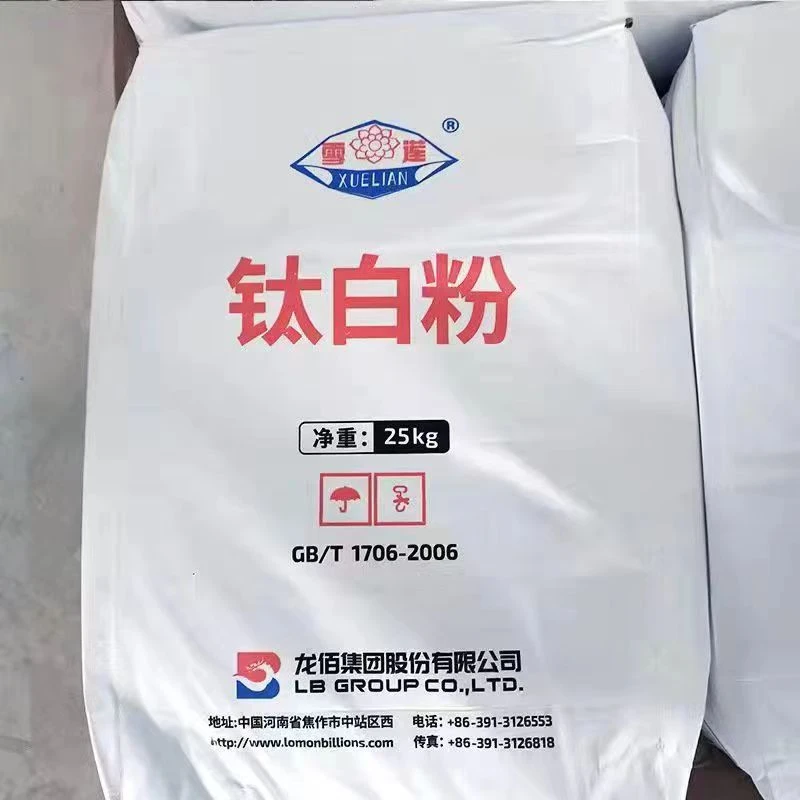
Oct . 31, 2024 13:57 Back to list
China's Strategies for Titanium Dioxide Treatment and Environmental Management Efforts
Titanium Dioxide Treatment in China A Comprehensive Overview
Titanium dioxide (TiO2) is a widely used white pigment found in various consumer products, ranging from paints and coatings to cosmetics and food. In recent years, China's production and utilization of TiO2 have significantly increased, prompting concerns about its environmental and health impacts. This article delves into the current state of TiO2 treatment practices in China, addressing production methods, environmental implications, and technological advancements aimed at reducing pollution.
Production Methods
China is one of the largest producers of titanium dioxide globally, utilizing two primary production processes the sulfate process and the chloride process. The sulfate process, which involves the reaction of titanium ore with sulfuric acid, is prevalent but often leads to the release of hazardous waste products, including sulfuric acid and iron sulfate. In contrast, the chloride process, though more expensive, generates less waste and produces a higher quality pigment. As environmental regulations tighten, many Chinese manufacturers are shifting towards more sustainable practices by investing in the chloride process, which aligns with the country's goals of reducing pollution and enhancing product quality.
Environmental Concerns
The rapid growth of the TiO2 industry in China has raised significant environmental concerns. The sulfate process, in particular, has been criticized for its contribution to air and water pollution. The inadequate treatment of wastewater can lead to the contamination of local water bodies, posing risks to aquatic ecosystems and human health. Additionally, air emissions from TiO2 production plants may contain fine particulate matter and other toxic substances, contributing to China's severe air quality issues.
china tio2 treatment

In response to these challenges, the Chinese government has implemented stricter environmental regulations aimed at mitigating the impact of TiO2 production on the environment. Manufacturers are now required to adopt better treatment technologies for wastewater and emissions control systems to minimize their ecological footprint.
Technological Advancements
To address the pressing environmental issues associated with TiO2 production, China is increasingly focusing on technological advancements. Innovations in wastewater treatment, such as advanced oxidation processes and membrane filtration systems, are being adopted to ensure that effluents meet stringent quality standards before being discharged into the environment.
Moreover, research and development efforts are underway to explore alternative, more eco-friendly methods for TiO2 production. For instance, academia and industry are investigating bio-based processes that leverage naturally occurring materials or waste products to extract titanium. These methods not only promise reduced environmental impact but also present opportunities for a circular economy by repurposing waste materials.
Conclusion
The treatment of titanium dioxide in China is undergoing a significant transformation as the country grapples with the balancing act between industrial growth and environmental sustainability. While the legacy of traditional production methods raises concerns, proactive measures and technological advancements signal a commitment to mitigating the environmental impact of this crucial industry. As China continues to refine its approaches to TiO2 production and treatment, the lessons learned can serve as a model for other nations striving to harmonize industrial development with ecological stewardship. Through continuous innovation and adherence to stricter regulations, there is hope for a greener future for titanium dioxide production in China.
-
Essential Guide to Calcium Powder Quotes – Pricing, Quality & Global Insights
NewsNov.24,2025
-
Reliable Anatase TiO2 Pigment Quotes for Sustainable Industry Use | CQ Titanium Dioxide
NewsNov.24,2025
-
Understanding Lithopone B311 Powder Quotes – Market Insights & Applications
NewsNov.23,2025
-
Reliable 30-50nm TiO2 Powders Quotes for Advanced Industrial Use | CQTitanium
NewsNov.23,2025
-
Comprehensive Guide on Lithopone Red Pigments Quotes | Industry Insights & Pricing
NewsNov.22,2025
-
Comprehensive Insights into the Lithopone Market: Global Trends & Applications
NewsNov.22,2025
